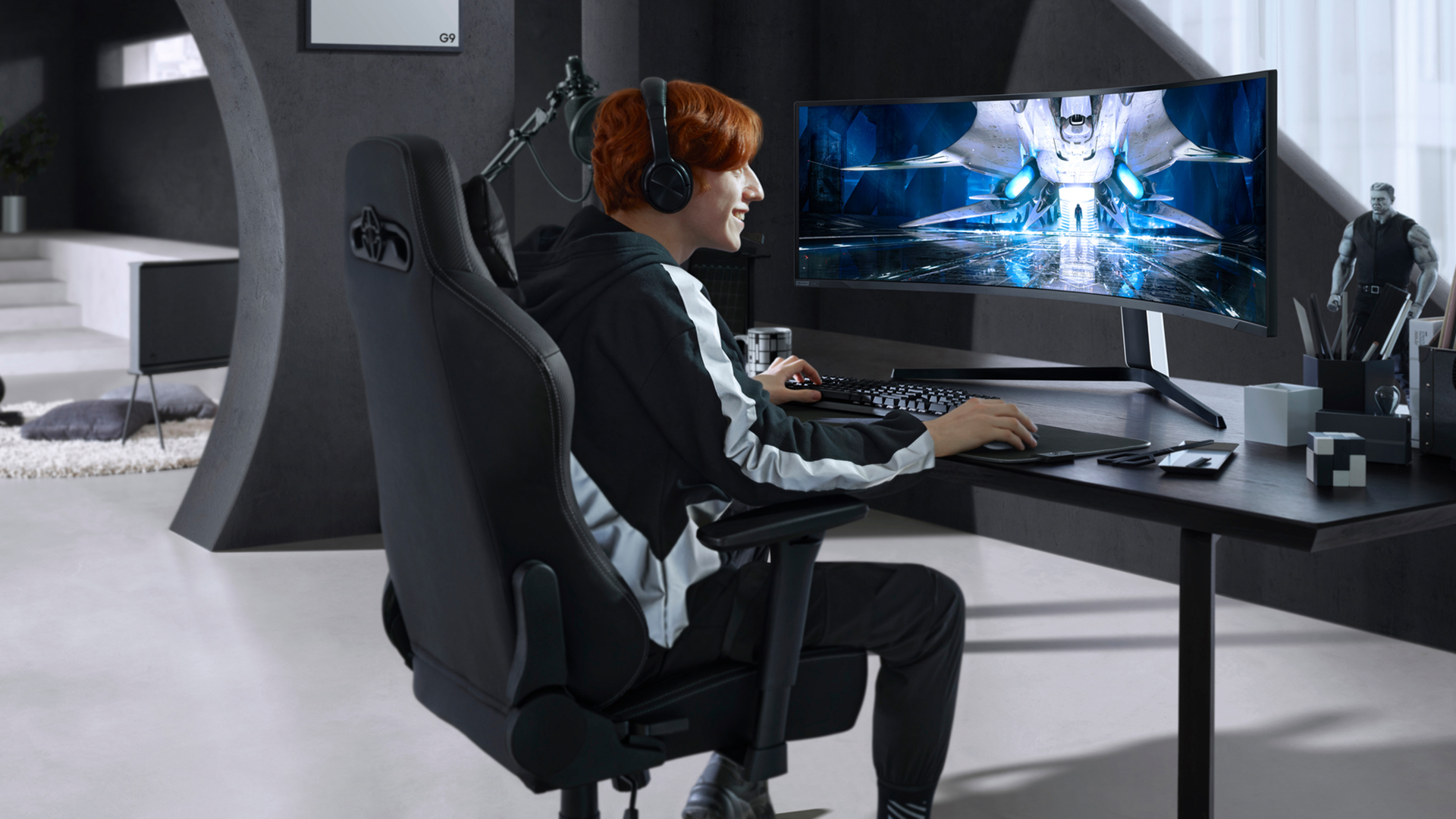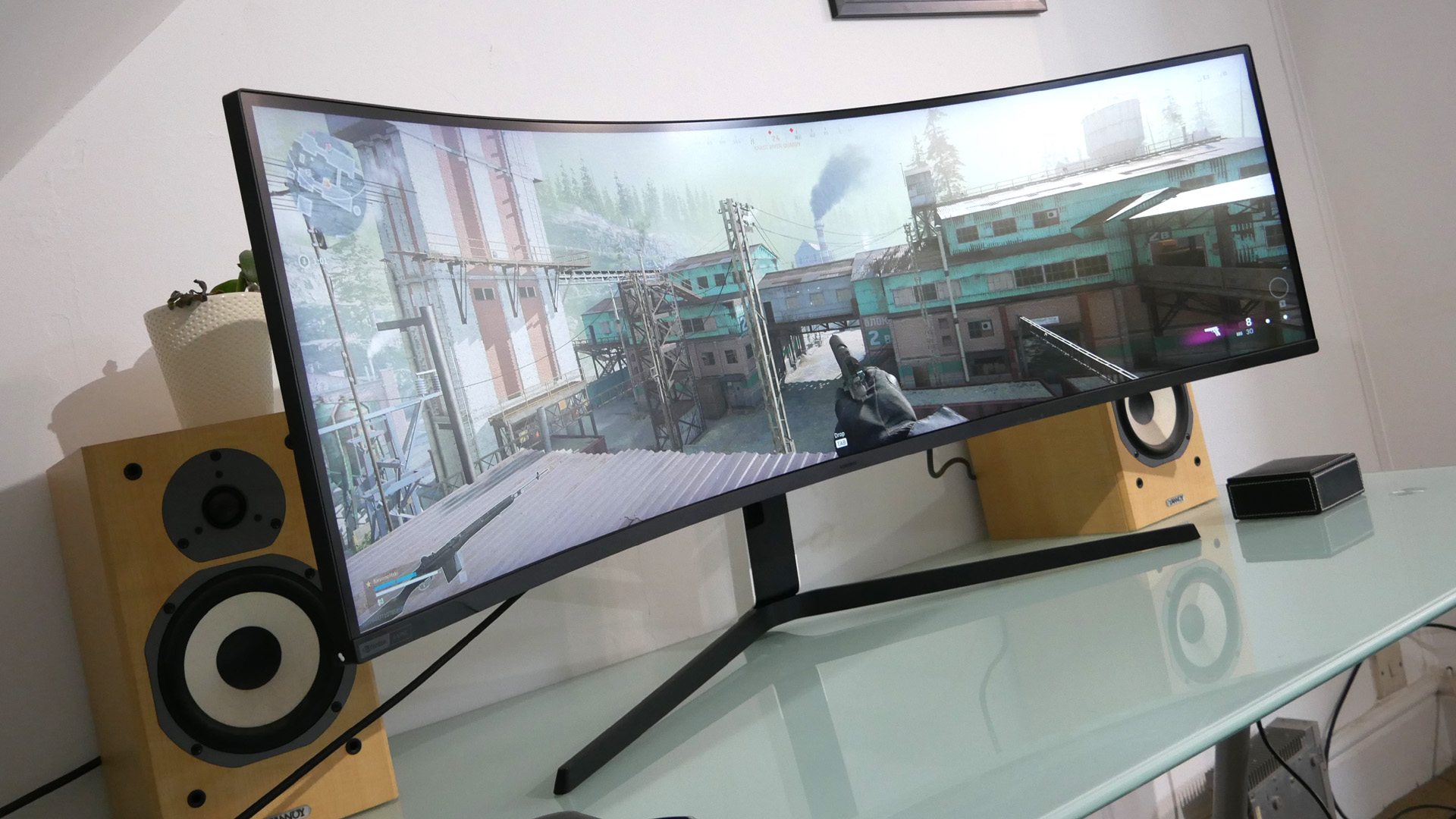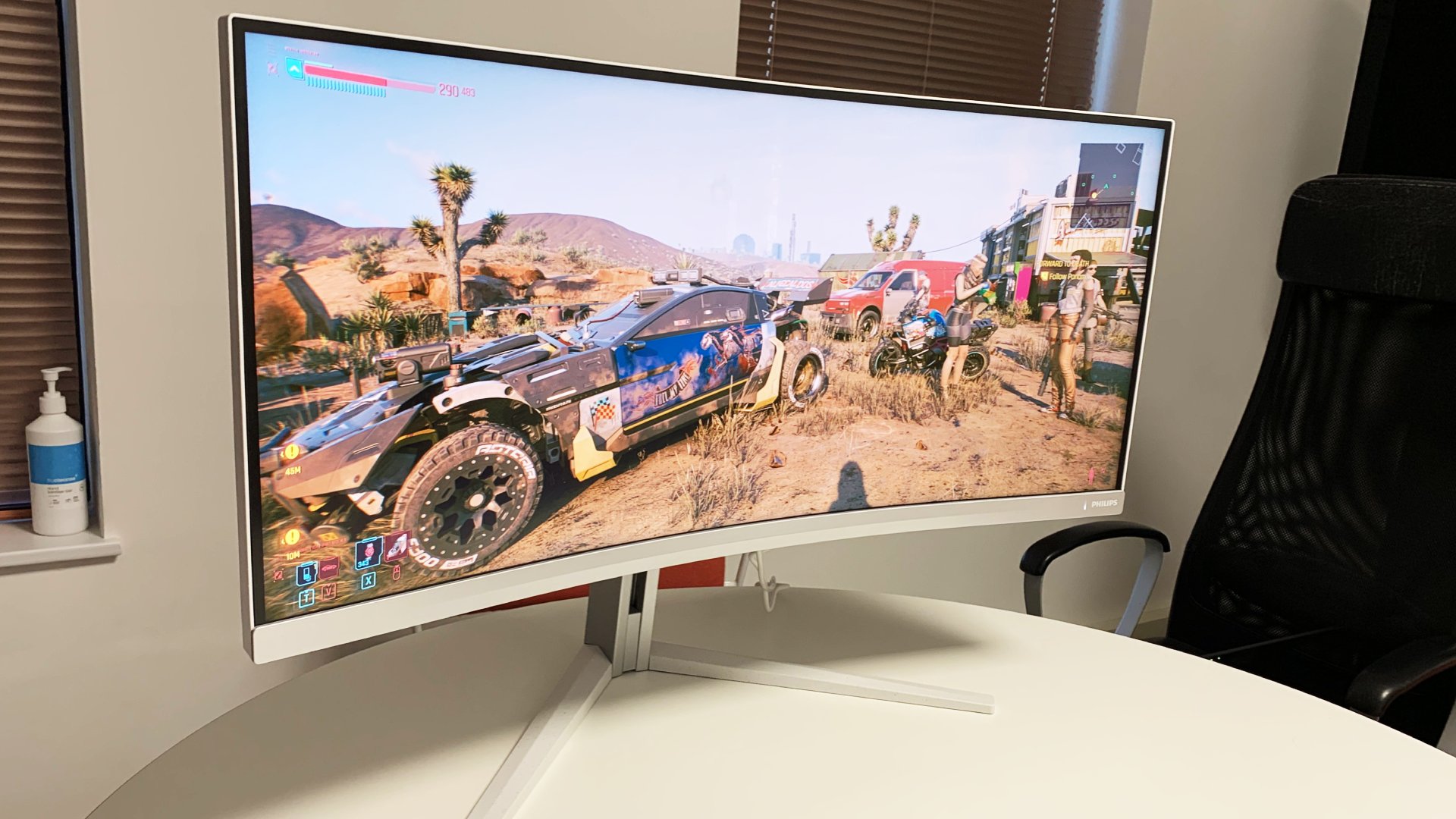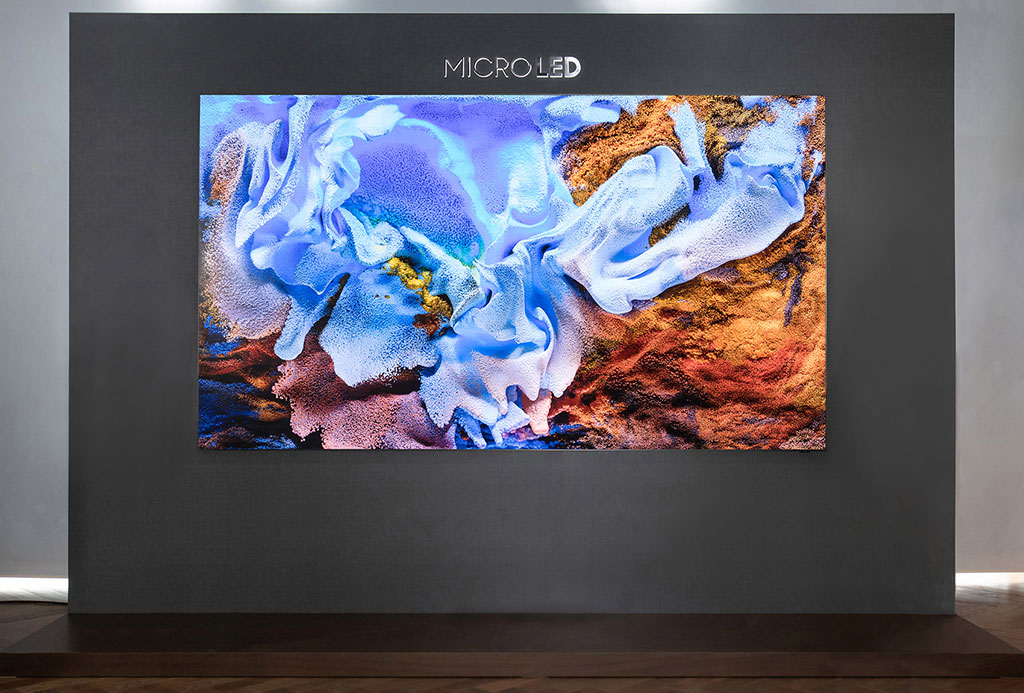Mini LED gaming monitors are a bad idea in theory and in practice they're even worse

This is going to be disappointing, but there's no getting round it. Mini LED is not the monitor tech you've been waiting for. Mini LED monitors are a bad idea in theory and, in practice, they're even worse.
In fact, what mini LED tech is best at is delivering fantastic specifications. 1,400 nits of brightness? Check. Contrast ratios measured in the millions? Yup. Ultra bright highs, inky black lows, epic full-screen brightness, zero risk of burn in, compatibility with ultra-high refresh rates? The works.
Just don't mention the actual experience. Because it kind of sucks.
Okay, it does have one massive advantage that's real enough. Mini LED is available right now in gaming monitors you can actually buy, and in all shapes and sizes. That gives it a very clear edge over microLED, which remains entirely theoretical in the context of PC monitors, but is the promised holy land of next-gen panel design.
It's also more widely available in far more screen sizes than OLED tech, which has just begun to appear in PC monitors but is limited by virtue of being derived from TV OLED panels. So, you can't get, say, a 27-inch or 32-inch 4K OLED gaming monitor, they start at 42 inches and above. The smaller 27-inch OLED monitors are 'only' 1440p and yet cost $1,000 and up. Yuck.
The problem with mini-LED
Anyway, here's the problem: Mini LED technology is and will always be a kludge. It's a ramshackle semi-fix for a display technology with chronic inherent shortcomings. And it creates a whole new set of issues to replace the ones it fixes.
But let's not get ahead of ourselves, first let's cover off what mini LED actually is, where it sits in the display tech continuum and how it compares to other panel options.
The first thing to understand about mini LED is that it is merely a backlight technology for LCD panels. It's not a display tech in and of itself. It's intended to compensate for the fact that LCD panels aren't very good at blocking light.
That's a problem because, in a conventional LCD monitor, the backlight is on all the time. You essentially have the same light source for a pixel that's meant to be bright and one that's meant to be dark.
In practice, LCD panels always let some light through. So those dark pixels in any given image leak a little light. And the brighter you want to make the bright pixels, the more those dark parts of the picture will wash out with unintended light leakage.

The mini LED solution is to replace that single, big, dumb backlight with an active array of much smaller lighting zones. The result, in theory, is the ability to tweak the light output across the panel to match the luminance topography of the image being shown.
So, you crank the backlight in the zones behind brighter image elements, and wind it back for darker areas. Presto, you have dramatically increased contrast and unlock true high dynamic range possibilities. In other words, you can have a screen that is both brighter than before and also delivers far superior contrast. Job jobbed.
Where the problem comes in, and where mini LED obviously isn't as good as some alternatives, involves precision. Both OLED and microLED offer true per-pixel lighting control. In both technologies, each pixel is its own fully addressable light source. There's no backlight, just total control from maximum brightness to fully off for each pixel.
By comparison, mini-LED backlight zones are shared over a number of pixels. And that number of pixels is big. Really big.
It's not enough zones
Take, say, a 32-inch 4K monitor. That's a popular form factor of late for high-end gaming monitors with mini LED backlights. The native resolution of a 4K LCD panel is 3,840 by 2,160 pixels.
That comes to a grand total of 8,294,400 pixels, precisely. Which is a lot. Now, a mini-LED monitor with 1,152 dimming zones also sounds like quite a lot. But if do the maths each zone, each element of the mini-LED backlight, is lighting up fully 7,200 pixels.
Of course, many on-screen elements are much smaller than that. The small lines making up text, for instance, might be just a few pixels across. The pinpoint stars in a space scene likewise. Other elements might be a few hundred pixels but still far smaller than a given dimming zone. So, there's your first problem. The lighting isn't nearly granular enough.
You're therefore left with a choice. Do you light up everything and put up with what's known as blooming around bright objects due to the zones being bigger than the things they are lighting up? Or do you only crank the mini LEDs up for really large areas of bright image data?

Bear in mind, here, that on a 32-inch 4K panel, you're talking about a backlight 'resolution' of roughly 45 by 25 zones. Imagine how big those zones individually are. Imagine if that was the actual screen resolution. In a word: Blocky!
So, what you end up with in practice are varying trade offs from one screen to the next, depending on the preferences of the manufacturer. There's no right or wrong. It's all compromise.
Mini LED monitors look particularly bad on the Windows desktop. As you move a bright window on a dark background, you typically see the zones popping on and off. It's just so clunky.
Even with a static image, you often see problems, such as a brightness gradient across text. The text itself typically isn't substantial enough itself to trigger the dimming algorithms. So the brightness of text, particularly bright text on a dark background, is dictated by the image elements near the text in question. The result is usually either a real mess or just really dim text you can barely read because the algorithm hasn't deemed it worthy of a bit of backlight effort.
Kludgy calibration
Now, the counter argument to all of that goes like this. It's missing the point. Mini LED tech isn't about web browsing. It's about games and movies. And, admittedly, the zones popping on and off are much less obvious in game or watching movies.
But the problems remain. Some mini LED monitors, for instance, can be over aggressive when it comes to dimming the backlight. The result is the loss of shadow detail.

The reality is that you need a fair amount of backlight pushing through the LCD apertures to enable enough light to make the difference between two quite dark shades of grey visible next to a patch of complete blackness. So, you have to choose what you prefer.
If you want that really low black level, you have to ramp the backlight right down, which then makes the shades of grey meld into the darkness. Or you bump it up a bit to allow the detail to come through and the black levels wash out.
Then there's the problem of backlight syncing. It's a tough enough job driving eight million pixels. But now you have to time 1,152 backlight zones to match whatever the pixels are doing. That is a fiendishly difficult job when milliseconds matter. What's more, mini LEDs fundamentally have different response characteristics to LCD pixels. So, that has to be taken into account.
In other words, the complexity of those trade-offs, forced by the mismatch in dimming zone and pixel size, are piled on top of further complexity in terms of syncing the whole thing seamlessly.
The net result is that we've seen numerous mini LED monitors here on PC Gamer and none have actually been any good. Some have had really awful obvious issues like flickering. But all have been hideously clunky on the Windows desktop and a mixed bag in-game. There's no need to name names. They've all, without exception, been a bit crap, especially given the lofty price tags.
At best, to use the local dimming tech you have to toggle it on and off when you load a game. You can't just leave it running, it's too grim on the desktop. That perhaps isn't the end of the world. It certainly wouldn't be if it could be sorted with a single button press, which usually isn't the case.
But then the image quality in-game with the dimming on always betrays the trade offs and decisions made by whoever set up the algorithms. There is no right and wrong in that regard. Just choices between various compromises, none of which come close to replicating true per-pixel lighting.

A lack of alternatives
In our experience, if it's a good HDR-ish experience you want from an LCD monitor, the best results come from the latest VA panels with the brightness cranked up on a monolithic backlight. The very best VA tech offers as much as 4,000:1 static contrast, far better than the 1,000-1,300:1 of IPS tech (save LG's IPS Black panels that have yet to appear in gaming monitors). That's enough for very punchy highs while retaining reasonable black levels.
The one partial exception to this is mini LED technology in laptops. Because the panels are so much smaller, the dimming zones shrink commensurately and some of the issues become less visible. But they're all still there and with time only become more frustrating.

Best gaming monitor: Pixel-perfect panels for your PC
Best high refresh rate monitor: Screaming quick screens
Best 4K monitor for gaming: When only high-res will do
Best 4K TV for gaming: Big-screen 4K PC gaming
Of course, none of this is to say there's a perfect alternative. OLED has its own issues, most obviously very limited full-screen brightness as well as the risk of burn in. The subpixel structure of every OLED gaming monitor currently on the market is also problematic. Thus far, none use conventional (for the PC) RGB pixels, and that's a problem for stuff like font rendering which addresses the panel on a subpixel level.
In theory, microLED is the answer to all our flat panel needs with searing brightness, no burn in risk and OLED-matching per-pixel lighting. But microLED tech currently costs megabucks and the technology, as yet, can't be scaled down to offer PC-relevant resolutions at practical panel sizes. The smallest 4K microLED panel, right now, is around 70 inches across. A corresponding 32-inch monitor cut out of that would be sub-1080p and have huge pixels. Useless.
Those issues will be solved eventually. But in the meantime, don't go thinking mini LED even comes close to per-pixel technologies when it comes to contrast control and HDR performance. Because it doesn't.
If mini LED tech could be had almost for free as an extra, then it would make sense. You could use the local dimming on occasion and not begrudge the fact it was usually switched off. But it's costly and complex to implement and adds hundreds of dollars, at minimum, to a monitor's price tag. Paying $1,000-plus for something so obviously flawed is no fun and as a stop-gap feature it's already destined for obsolescence.